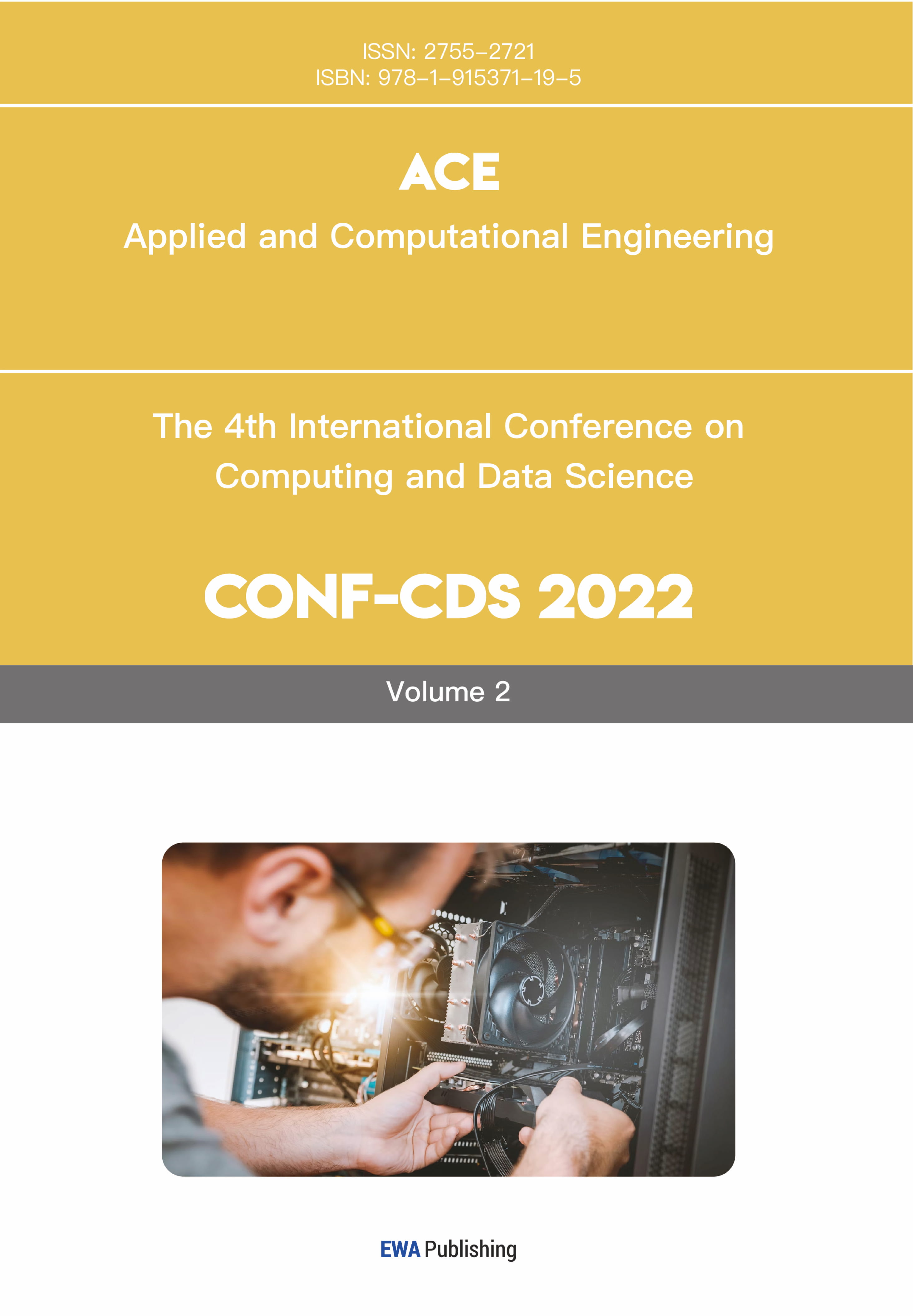References
[1]. Zhang, X., et al. (2020). The combination of brain-computer interfaces and artificial intelligence: applications and challenges. Annals of Translational Medicine, 8(11), 712.
[2]. Barnova, E., et al. (2023). Advances in AI for brain–computer interfaces. Journal of Clinical Medicine, 14(2), 550.
[3]. Naik, G., et al. (2023). Speech decoding via invasive BCIs using CNNs and GANs. Frontiers in Neuroscience, 17, 123456.
[4]. Schiffer, A., et al. (2023). Adaptive feedback for neurostimulation using reinforcement learning. IEEE Transactions on Neural Systems and Rehabilitation Engineering, 31, 123-132.
[5]. Wei, W., et al. (2023). High-accuracy SSVEP-based BCI using Canonical Correlation Analysis. Journal of Neural Engineering, 20(1), 016001.
[6]. Palumbo, D., et al. (2023). Non-invasive BCIs for wheelchair navigation using deep learning models. IEEE Access, 11, 45678-45689.
[7]. Singh, N.M., et al. (2022) How Machine Learning is Powering Neuroimaging to Improve Brain Health. Neuroinformatics, 20, 943-964.
[8]. Avberšek, L.K. and Repovš, G. (2022). Deep learning in neuroimaging data analysis: Applications, challenges, and solutions. Frontiers in Neuroimaging, 1, 981642.
[9]. Macpherson, T., et al. (2021) Natural and Artificial Intelligence: A brief introduction to the interplay between AI and neuroscience research. Neural Networks, 144, 1-10.
[10]. Kaiser, J., Mostafa, H. and Neftci, E. (2020) Synaptic Plasticity Dynamics for Deep Continuous Local Learning (DECOLLE). Frontiers in Neuroscience, 14, 424.
[11]. Ienca, M. and Ignatiadis, K. (2020). Artificial Intelligence in Clinical Neuroscience: Methodological and Ethical Challenges. AJOB Neuroscience, 11.
[12]. Dinov, I.D. (2024). Neuroinformatics Applications of Data Science and Artificial Intelligence. Neuroinformatics, 22(4), 403-405.
[13]. Salles, A. and Farisco, M. (2024). Neuroethics and AI ethics: a proposal for collaboration. BMC Neuroscience, 25(1), 41.
[14]. Ienca, M. and Ignatiadis, K. (2020). Artificial Intelligence in Clinical Neuroscience: Methodological and Ethical Challenges. AJOB Neuroscience, 11.



